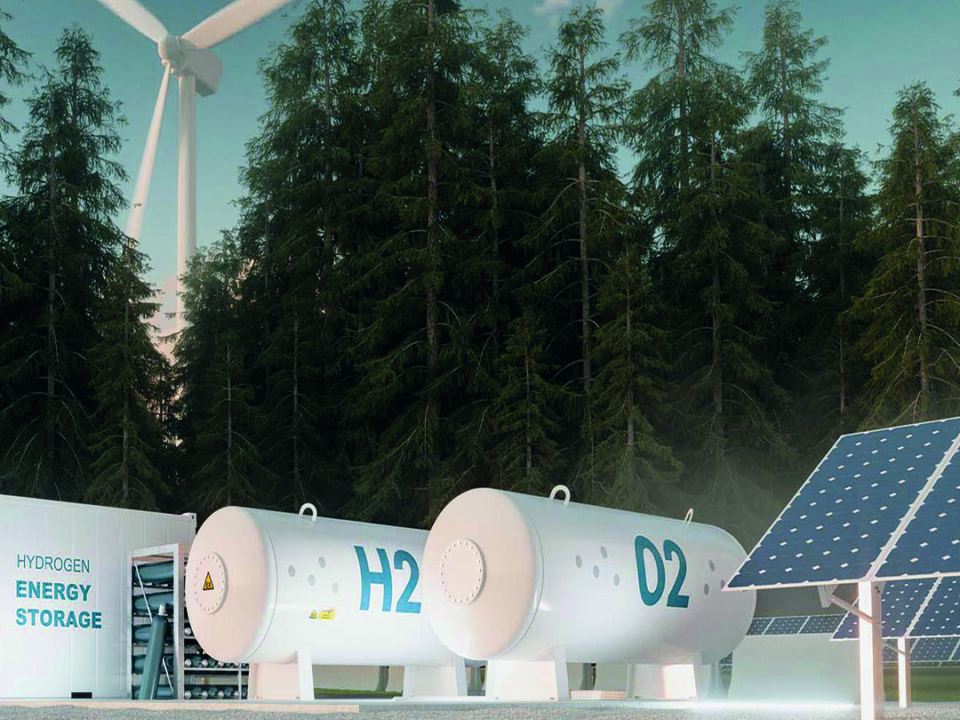30th June 2023
Recent Posts Categories <ahref=”https://tekinologi.com/category/energy-management/”> Energy Management</h3 > <ahref=”https://tekinologi.com/category/fuel-cell/”> Fuel Cell</h3 > <ahref=”https://tekinologi.com/category/electrolyser/”> Electrolyser</h3 > Green H2 Valley in Africa: Pioneering Sustainable Hydrogen Solutions Exploring Emerging Technologies in Hydrogen Energy Production Load More […]


